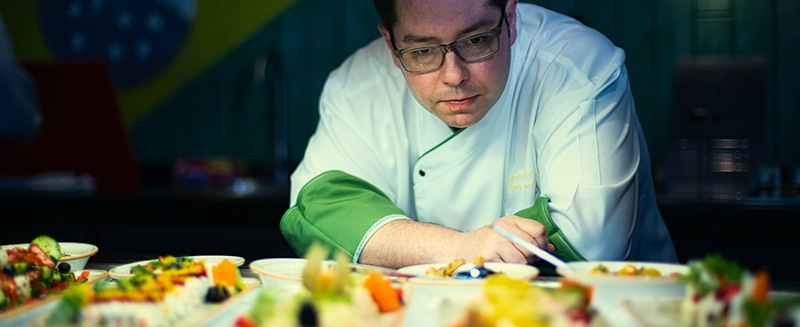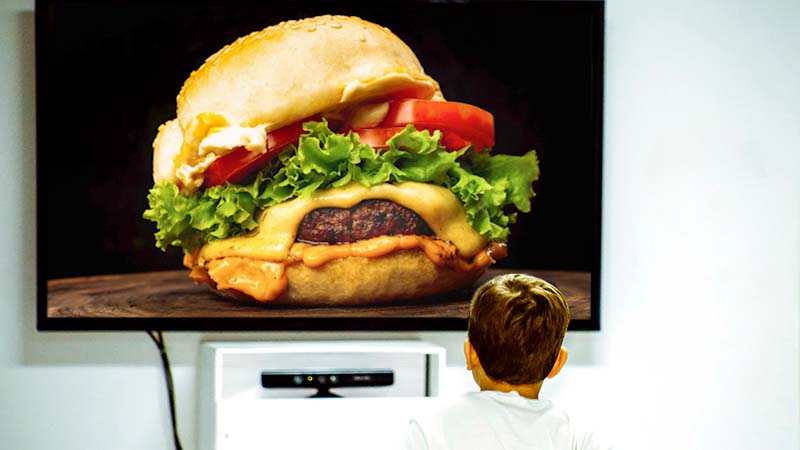Instead of looking at what’s on the screen, how about tasting it? Doesn’t that sound like a bad idea? One scientist is continuing his research regardless. It’s called Taste the TV, and it’s made by Homei Miyashita, who works at Meiji University in Japan. You can lick it to get a sense of what you see on the screen.
The prototype uses electrical signals to control ten flavor canisters, resulting in distinct sprays that cover a film overlay.
The device has been in development for a long time already. Miyashita talked about the basic idea of a “taste synthesizer” in the spring of 2020. In October 2021, he gave an early glimpse at the TV.
French kissing your television in the midst of a program seems disgusting, and people would probably give you funny looks if you did it. On the other hand, Miyashita does not usually consider this to be a gimmick to be added to ordinary consumer screens, such as 3D television.

Instead, he saw lickable displays as a tool for chefs and sommeliers, and he even planned to create a platform where people could download tastes the same way they would download music or films from the internet. This might allow you to sample recipes from all around the globe while living in your own house.
The innovation may be more realistic than you realize. The professor built the prototype himself over the course of a year, and he calculated that a shipping version would cost an average of $875 to produce. Although you definitely wouldn’t make one your living room’s focal point, they may be reason enough for those in the culinary sector or who are serious gourmands.
How do we taste things?
Have you ever wondered why your favorite foods taste so delicious? You can thank your taste buds for allowing you to appreciate all of the different types of flavor.
With your tongue’s taste buds, you can detect sweetness, saltiness, sourness, and bitterness. How do your taste buds work? Take a look at yourself in the mirror by sticking out your tongue.

See how many bumps there are? These are known as papillae, and the majority of them contain taste buds. Taste buds have microscopic hairs called microvilli that are extremely sensitive. These tiny hairs send messages to the brain about how something tastes, letting you know whether it’s sweet, sour, bitter, or salty.
The average human has about 10,000 taste buds, which are replaced regularly. However, when a person matures, some of those taste cells are not replaced. An elderly individual may only have half of that which are active. As a result, certain foods may taste stronger to you than to adults. Smoking can also lower a person’s number of taste buds.
However, before you give your taste buds exclusive credit for tasting your favorite flavors, it’s important to acknowledge your nose as well. It contains unique cells that aid in the detection of odors. They communicate with the brain.
Basically, here’s how it goes down: When you’re chewing, the meal releases chemicals that travel up into your nostrils. The nose’s receptors are activated by these chemicals. Together with your taste senses, they help your brain understand the whole flavor of that delicious meal!
As a result of a cold or allergies, your meal may not taste as good as it normally would.
Take a bite while holding your nose. The taste buds are able to communicate with your brain about what you’re eating, such as that it is sweet, but until you release your nose, you won’t be able to pick out the precise flavor you’re eating.
So, the next time you have pizza or a cup of tea, thank your tongue and nose. There would be no flavor if it weren’t for them.

